|
We wouldn't call the Manos a rare pen, but truth is you don't see them very often. Made in Austria after the turn of the century, these hard rubber pens sported a unique curved feed and a piston filler mechanism. To fill the pen, you turned the screw top all the way to the left till it stopped. Then, you dipped the nib in ink and turned the screw top to the right, drawing ink in. However, the ink did not naturally flow continuously as would be expected. You would simply write for a bit and when more ink was needed, you twisted the screw top a half turn or so to the left again to re-ink the nib. When finished writing, a couple turns to the right would draw any remaining ink on the nib back into the reservoir. The guts of the pen are quite complicated, moreso than you would guess from outward appearances. A photo on fountainpennetwork.com shows the insides of one laid bare. The Manos could possibly be one of the earliest examples of a disposable fountain pen, in that it was virtually impossible for the average consumer to service it, if needed. When first assembled, the piston filler mechanism was inserted into the barrel, held in place on the section end with a cork sleeve. Once the mechanism was seated, the other end of the barrel was then heat-crimped to seal everything in place, as seen in the above photo. The pen would almost have to be destroyed to reopen it. Some Manos pens, particularly the BCHR examples, have the Manos imprint on the barrel, but this one has it on the cap, in what is actually a pretty unusual location.
Manos pens were also sold under various trade names, such as Victoria, and Standard, and were still being sold at least until 1924.
0 Comments
Leave a Reply. |

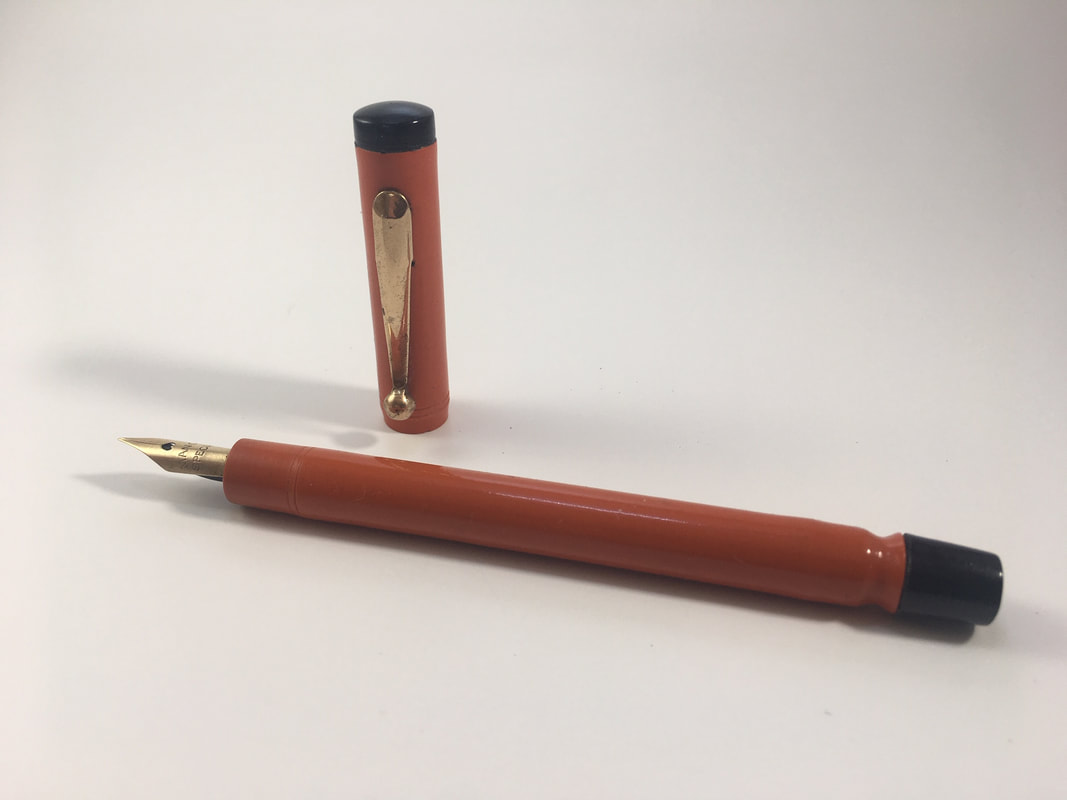
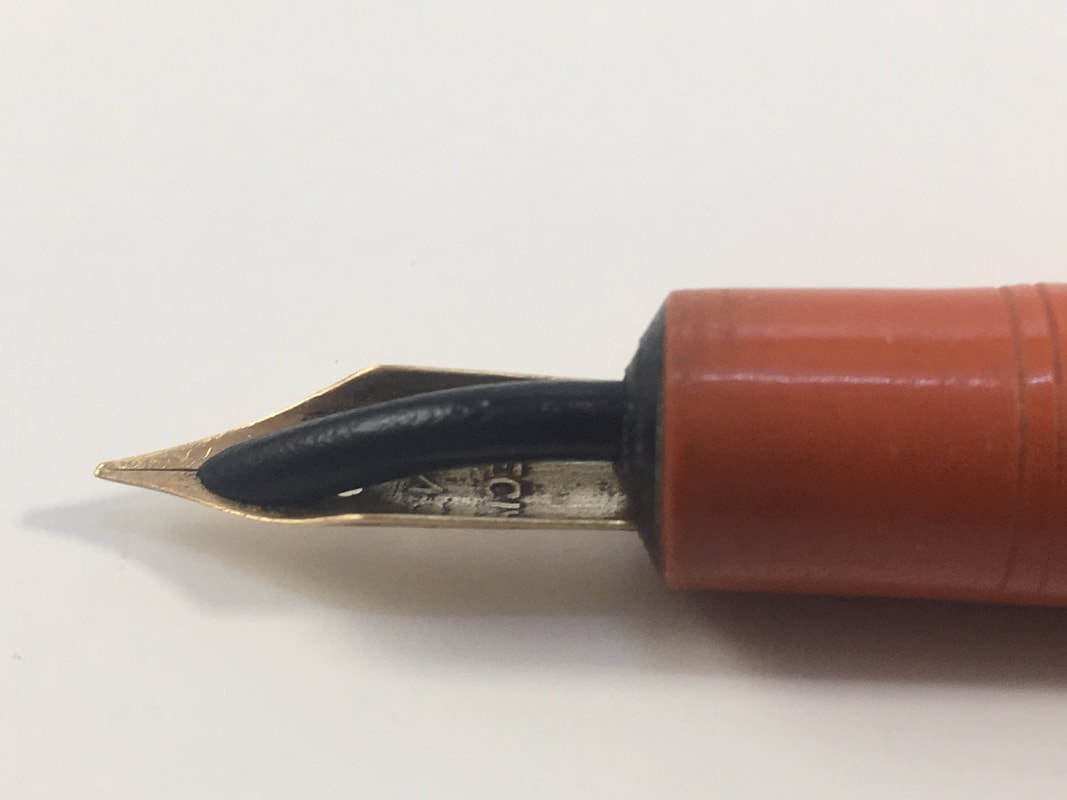
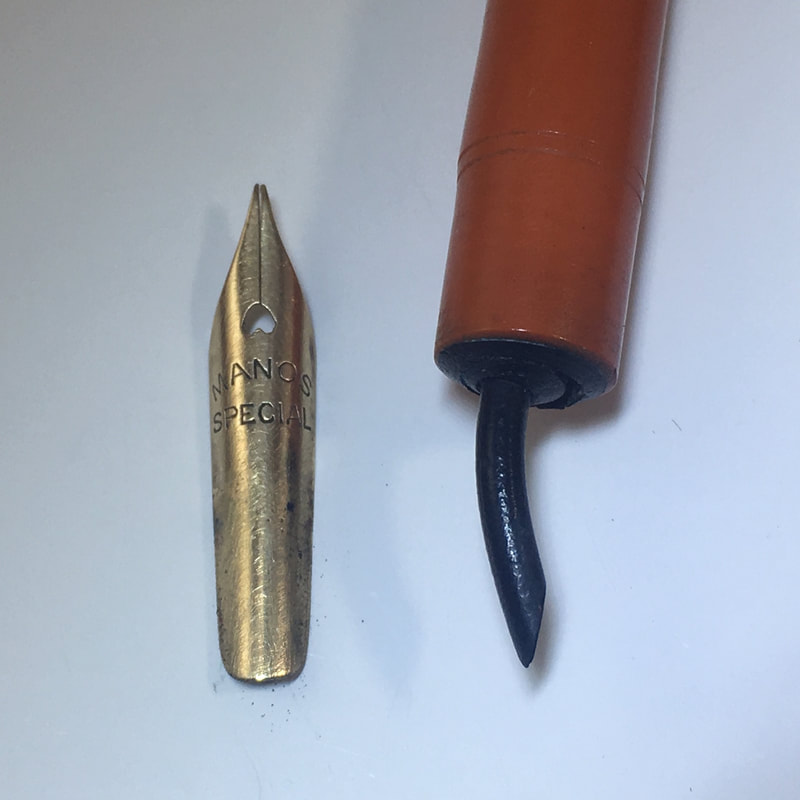
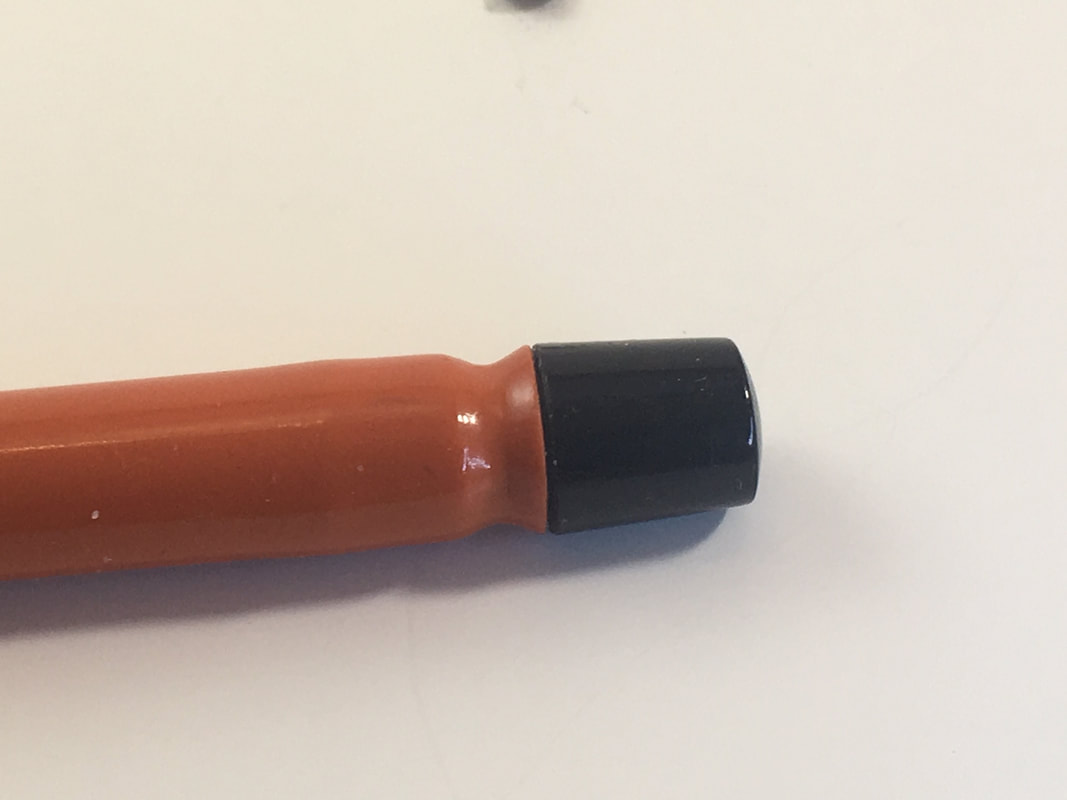
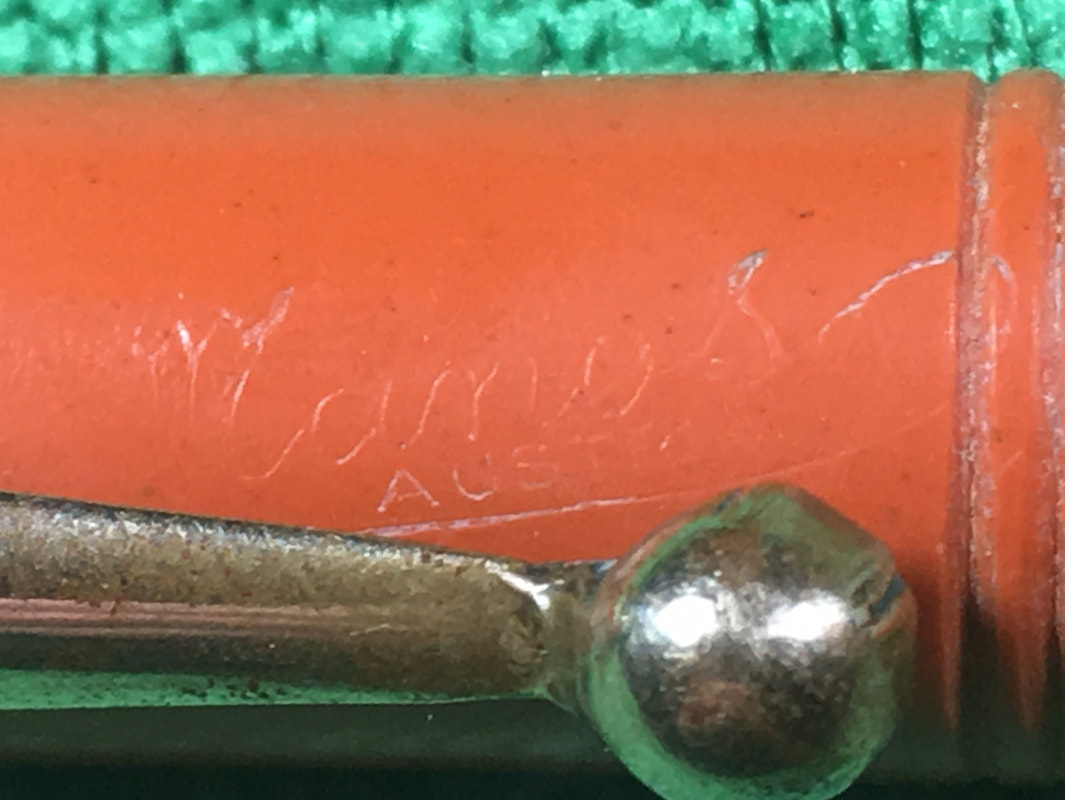
 RSS Feed
RSS Feed